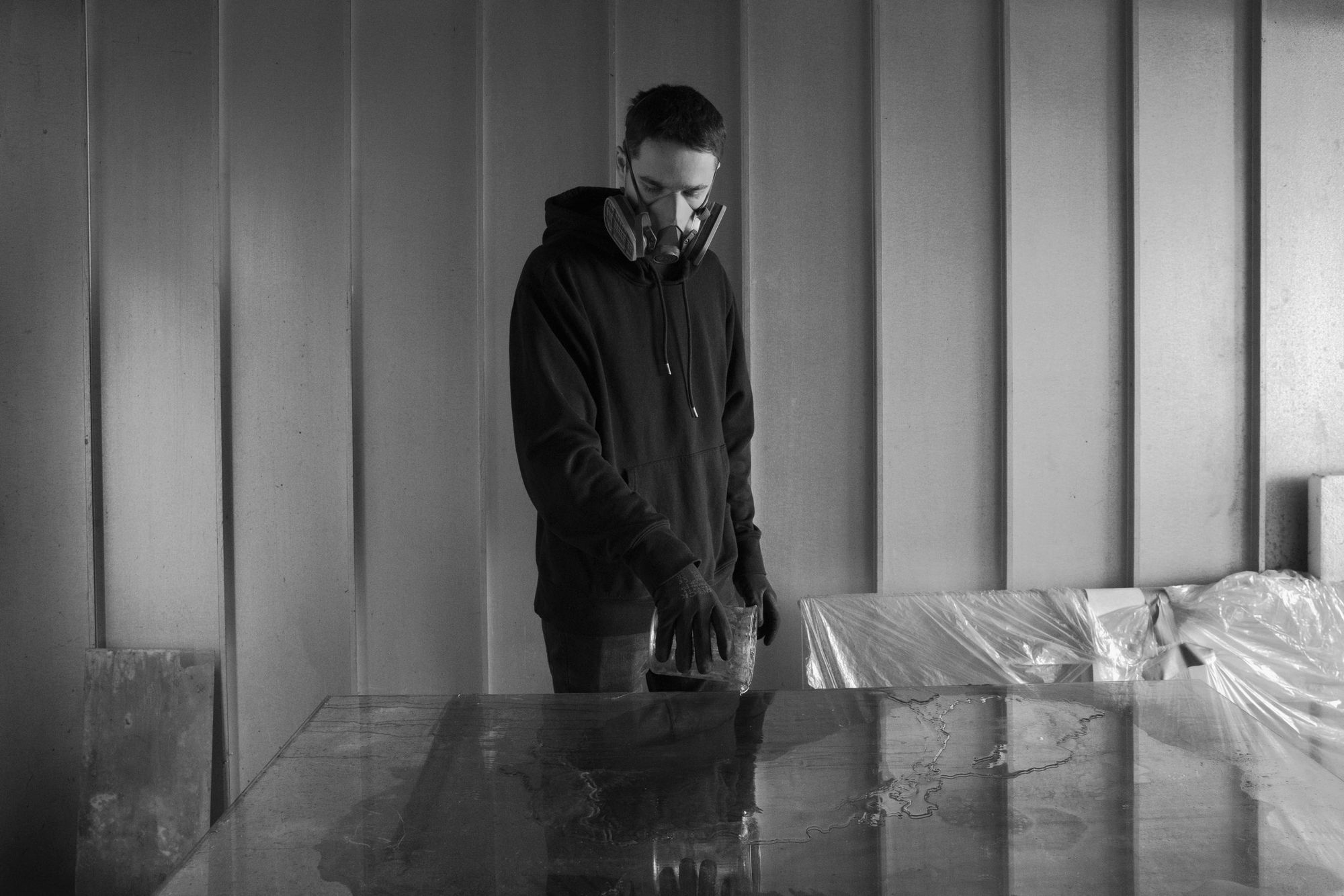Boldizsár Szenteczki completed both his bachelor’s and master’s product design studies at MOME, but his work turned far away from functional product design. We asked the creator, known for his reflective surfaces, who is currently commuting between Paris, New York and Budapest, about the fusion of art and design.
Your work balances design with contemporary art, which you categorize as functional art and collectible design on your website. What do you think about these concepts? How did this duality become clear to you?
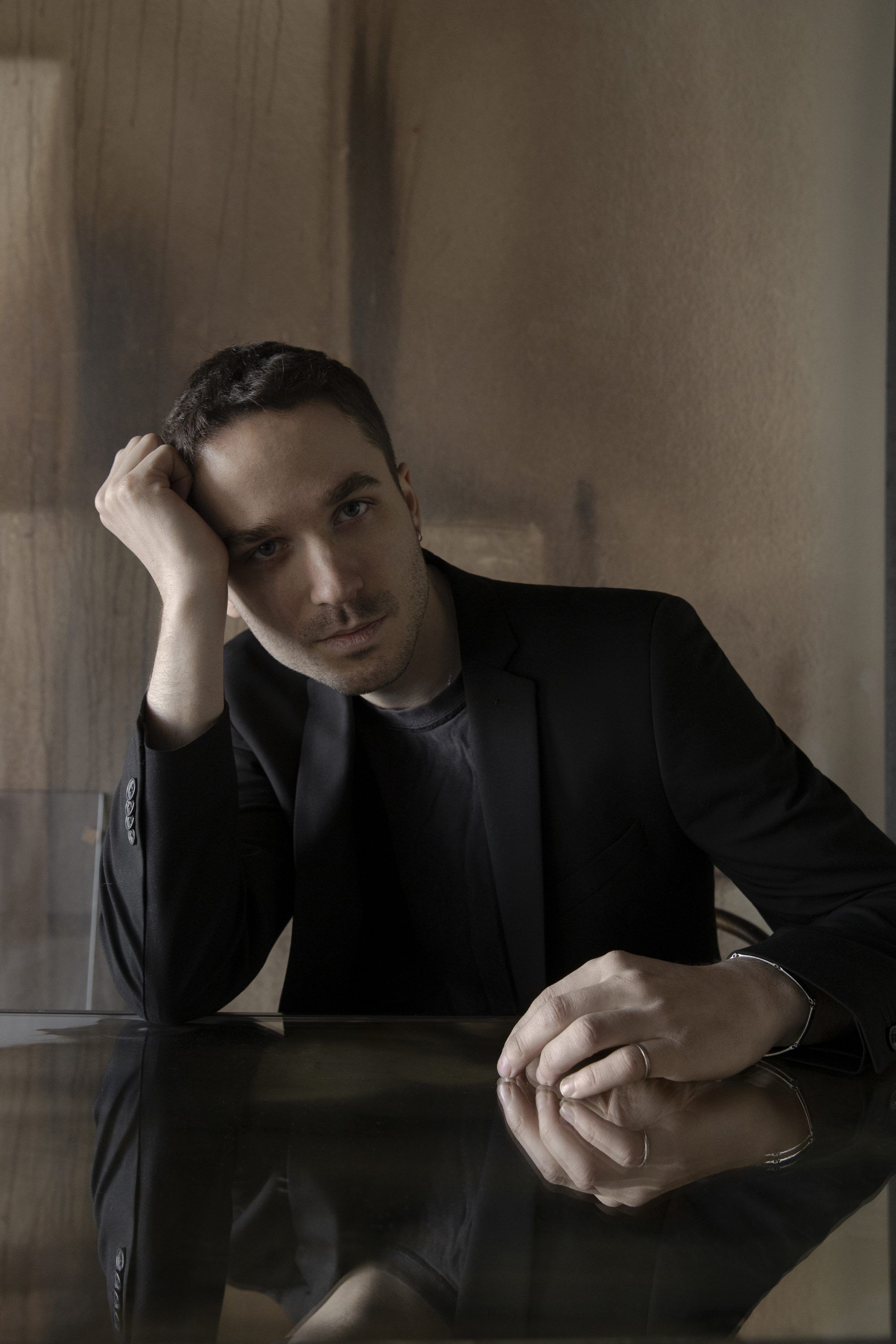
Since I was a small child, fine art and art have been a part of my life. My father is an artist, and I used to draw and paint a lot. I studied drawing in high school and applied to many university courses. Finally, I had to make a choice, and I went with design because it seemed the most fascinating for me at the moment. I was quite interested in this profession, yet I often thought during my studies that the design of mass-produced, useful objects did not excite me enough. It was always vital to me to express feelings and create an environment through my works, which is more typical of fine art, but I also felt that art was too self-serving at times. Collectible design is a niche field in which I can express this dichotomy perfectly.
What are the things you learned in university that still affect your way of thinking and creating today?
The semantics of objects, that is, how we interpret and what meaning we attribute to certain items, has always been an interesting subject for me, and I have been happy to incorporate it into my plans, just like narrative design. Although these are the precise entrenchments that I am currently attempting to get rid of, design has provided me with an excellent foundation for making usable items. Collectible design has its own set of traits that make it distinct and successful, and it’s exciting to learn more about them during my career.
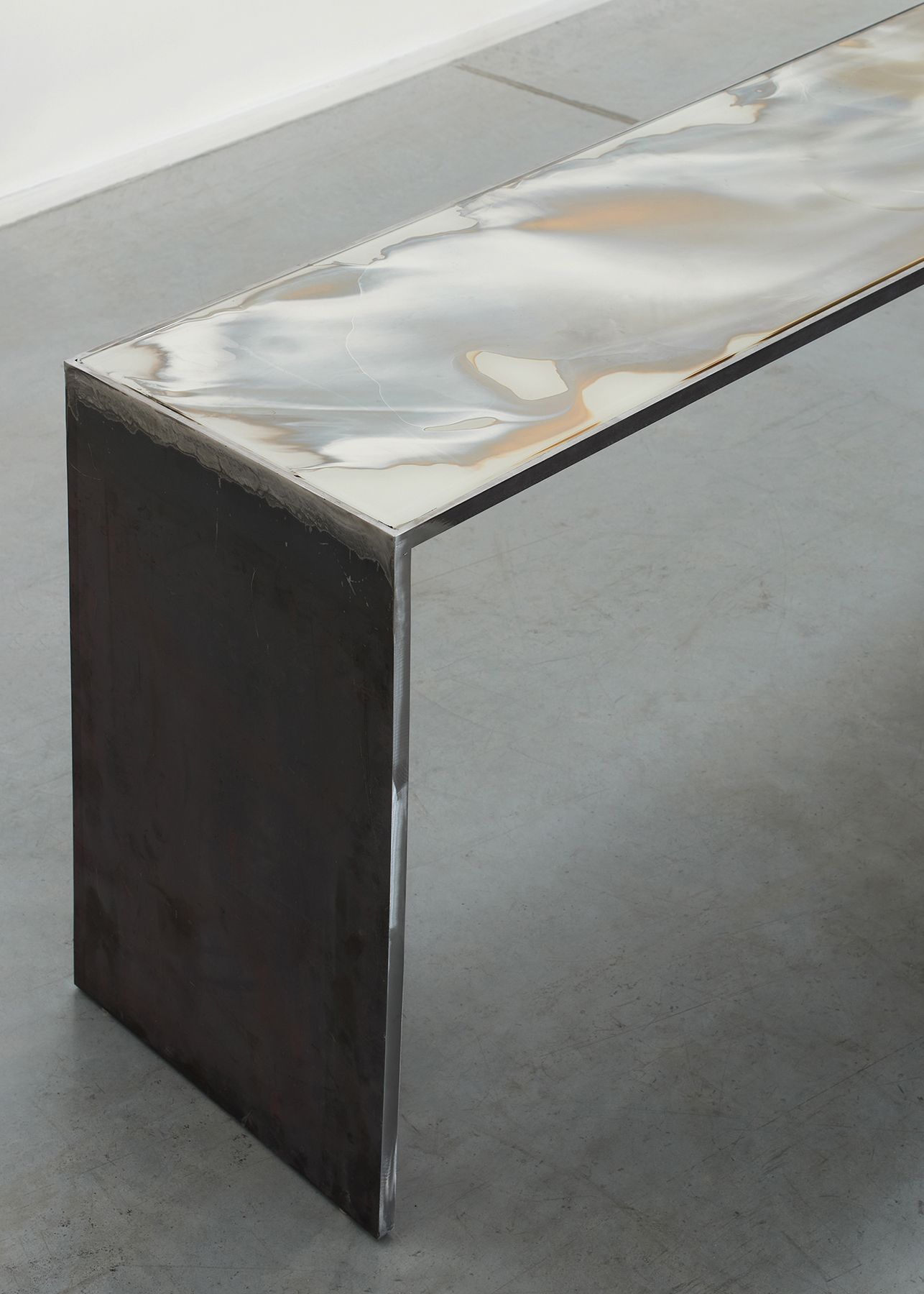
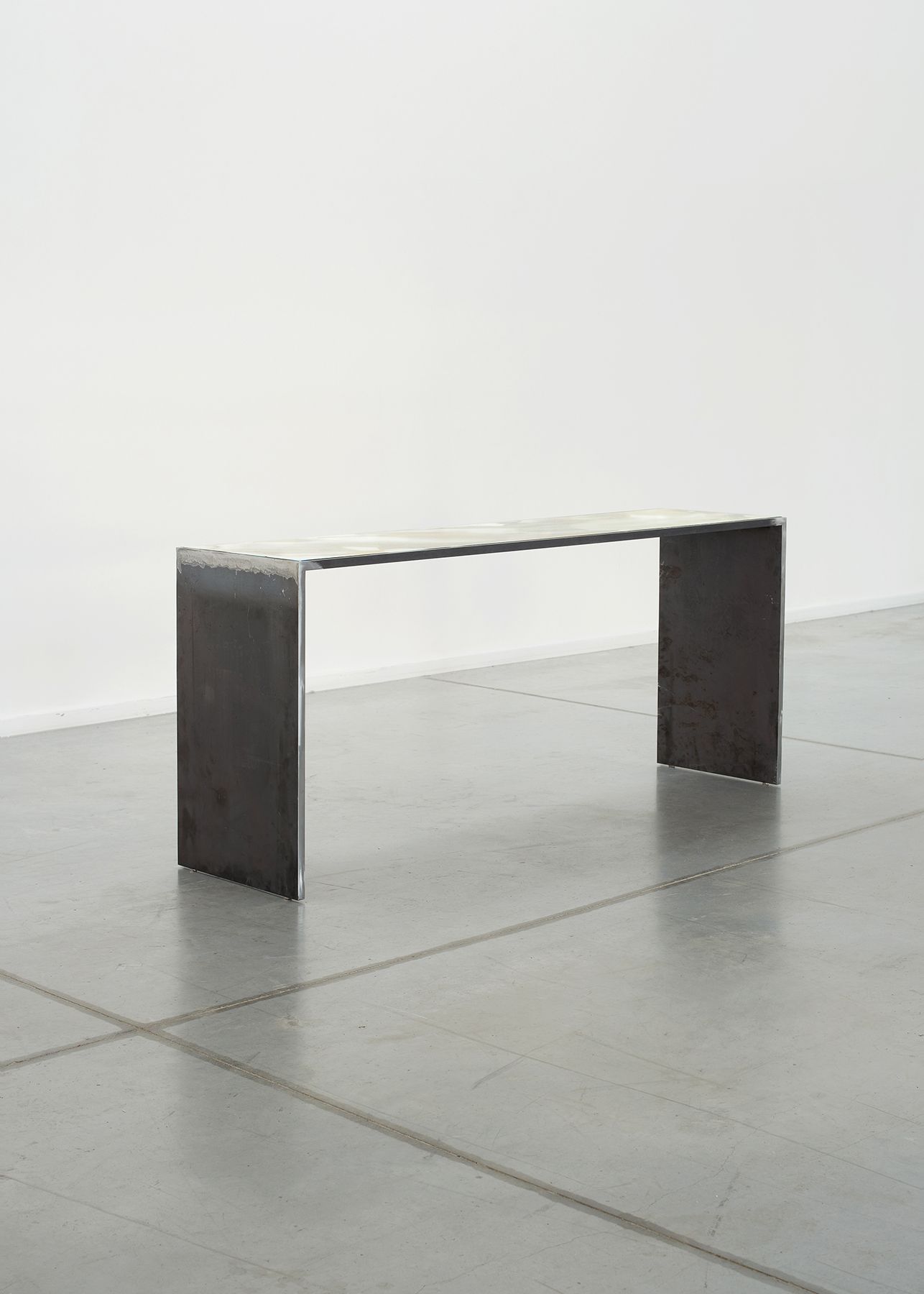
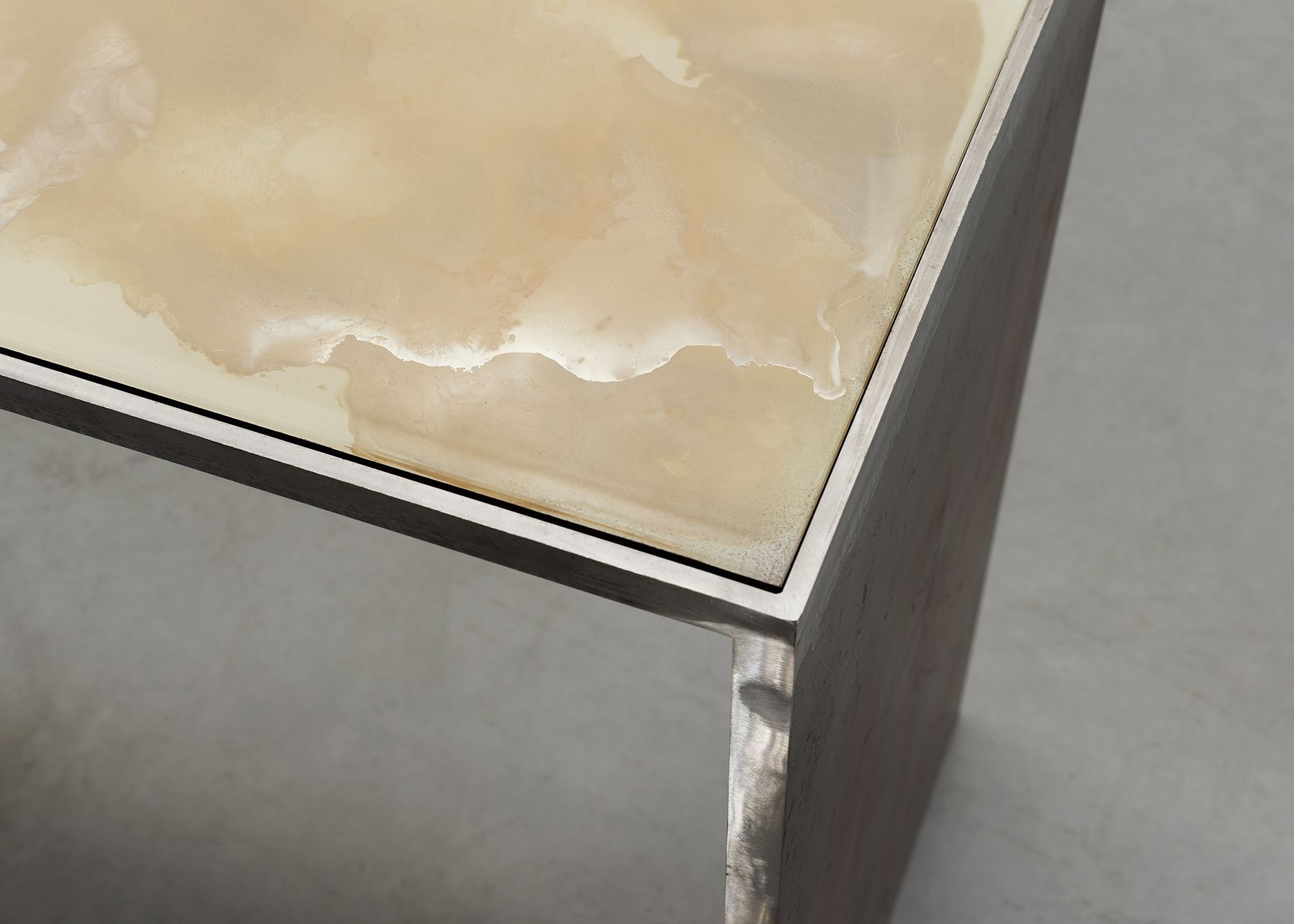
You formerly owned a fashion brand, worked as an art director and designer for major international companies. Tell us a little bit about these experiences and how these opportunities came about.
This is all due to the fact that I have always wanted to express myself on a wide range of platforms and have always been interested in a variety of topics. The only thing that’s changed is that I’m trying to build my brand more consciously. I’ve gathered valuable expertise in all of the areas in which I’ve worked, which I can apply to growing my current brand and creating the world that I communicate through my work. I have always seen the different fields of design/art as a means of self-expression that serve a common purpose and between which I see no sharp boundaries. Collectible design is a nice hybrid because it allows you to develop more freely, but I don’t think it will be my only path in the future.
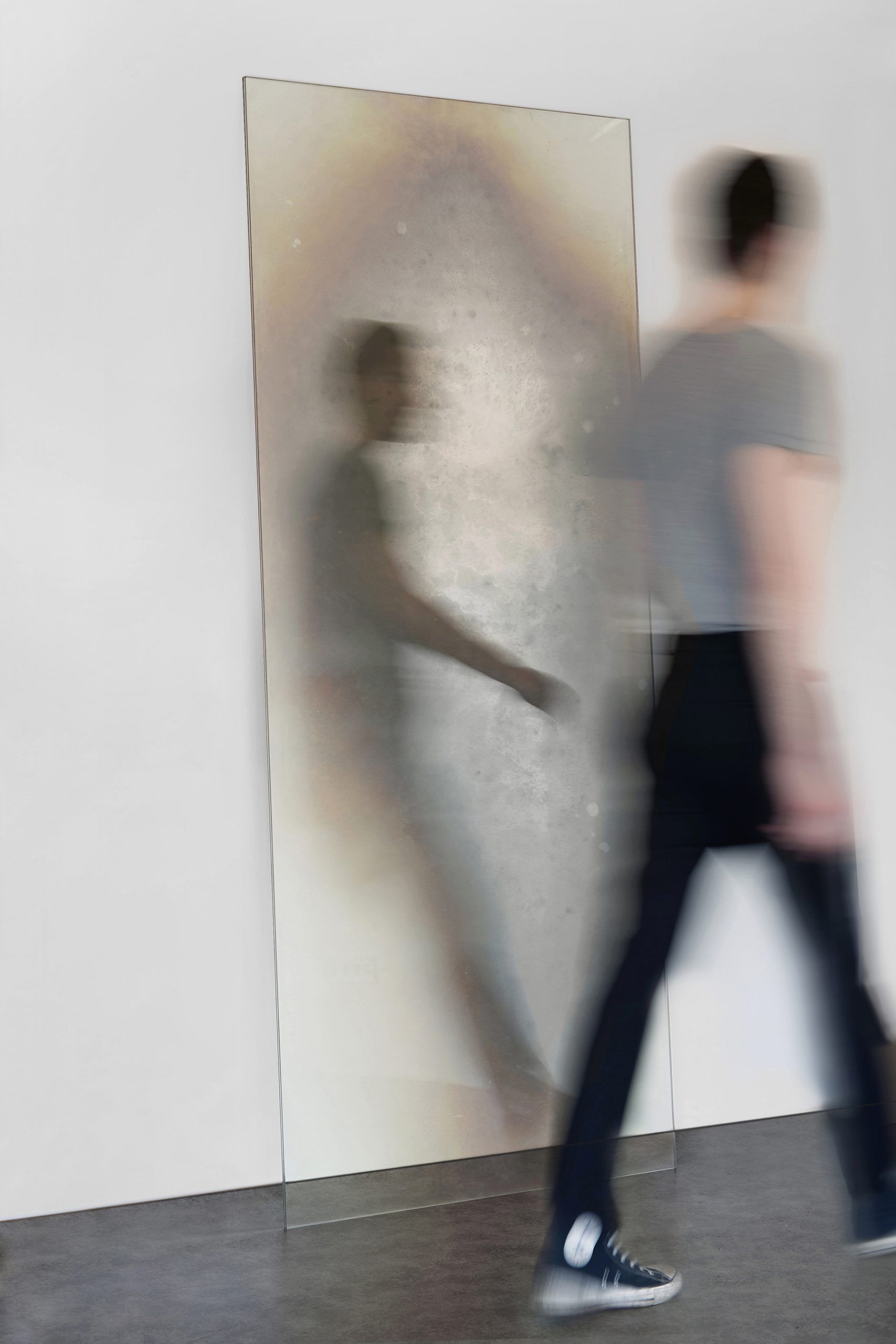
Your MA graduation work and thesis explored the perception of light and space in the environment. What were your most thrilling discovery and conclusions?
For me, human perception is an enthralling subject. My thesis looked at how the triangle of human—object—space interacts. The most intriguing aspect for me was the fact that our view of ourselves is solely based on our surroundings. Worlds are perceived differently by different living creatures with diverse senses. For me, Luis Camnitzer’s work expresses this relationship: This is a mirror, you are a written text.

Mirrors and mirrored surfaces presented in your thesis have become your trademarks, with pieces on display at the Onyx Workshop in Budapest and the Nanushka boutique in New York. What is the process of making them?
The mirrors are one-of-a-kind, handcrafted works of art with a focus on silver oxidation. It’s a self-shaping technique in which the substance molds itself. In my new line, these mirror pieces are reimagined as spatial, sculptural furniture.
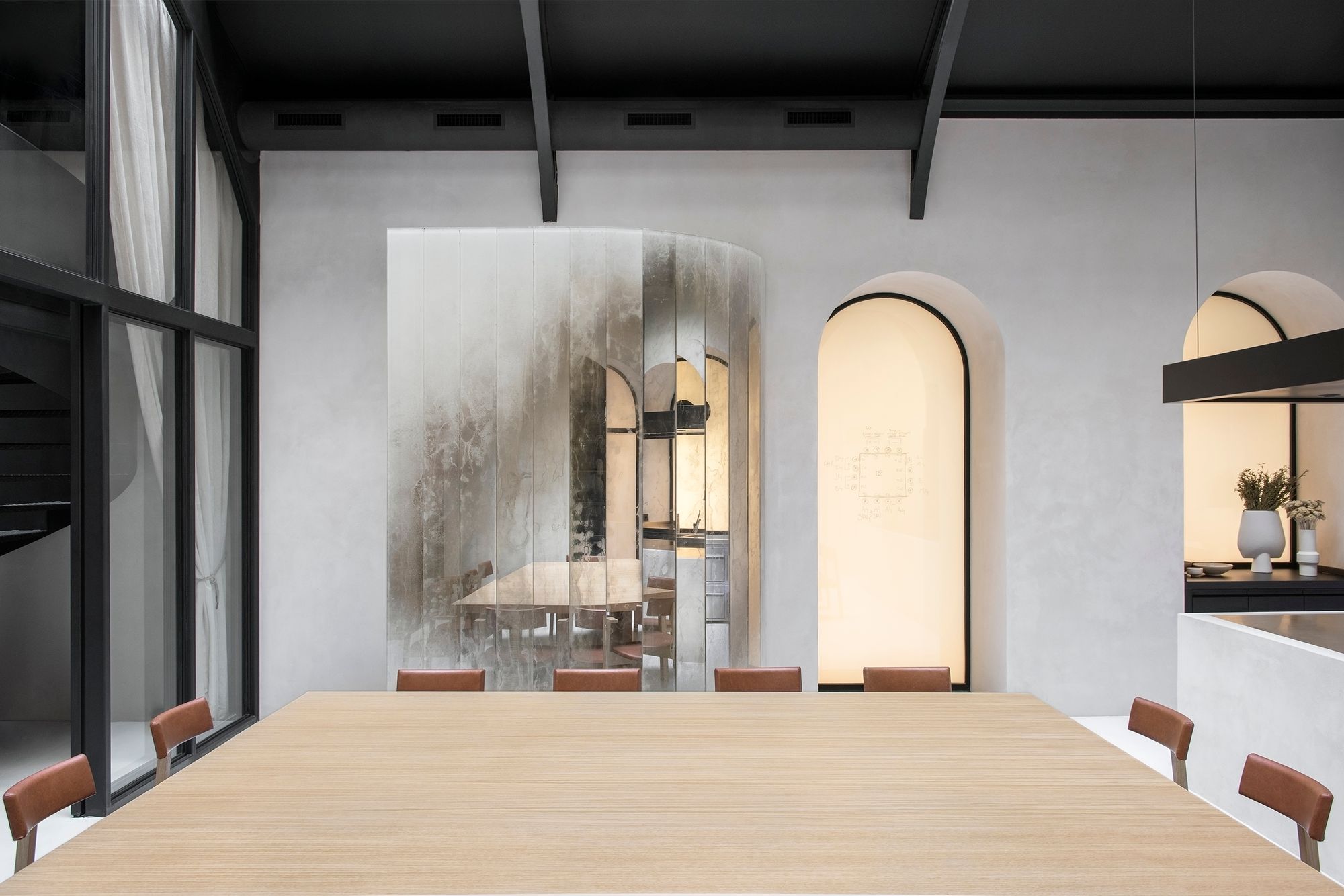
What inspires you most as an artist?
I’m more of an observer, I’m constantly thinking about my designs, what I want to do with my surroundings and how I can express it through objects. I can be inspired by other fields of art or design as well, but I’m mostly inspired by eloquent concepts, and feelings, and I’m also interested in different subcultures and human behavior.
You are currently in New York, what exactly do you do there and how do you experience the intensity of the city?
I moved to New York after finishing university and before Covid and began working in Sebastian ErraZuriz’s studio. It was a life-changing experience that motivated me to start establishing my own company. That journey to New York came to an end because of the pandemic, but it also gave me time to work on my own ideas. I’m currently out there nurturing existing contacts and making new gallery contacts. The city’s intensity and diversity drew me in, and I believe they will continue to do so for many years.
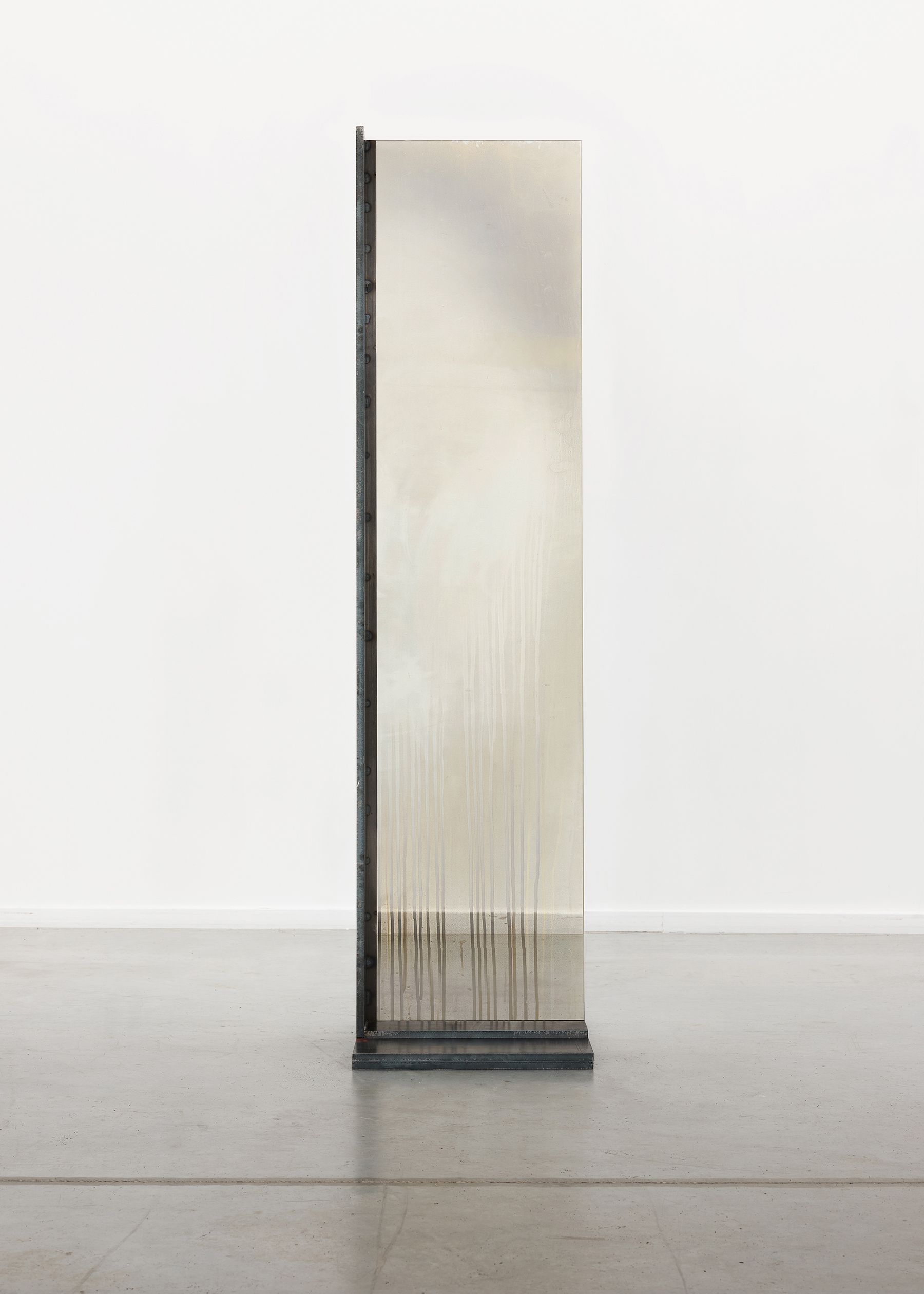
Boldizar Senteski | Web | Instagram
The interview was conducted within the framework of MOME Formanorma, a brand that summarizes community events, lectures, workshops and courses for current and former students of MOME product design studies (BA, MA) and those interested in the industrial design profession. The aim of the programs is to start a discussion about the potential of product design, the future of the profession and possible career paths.
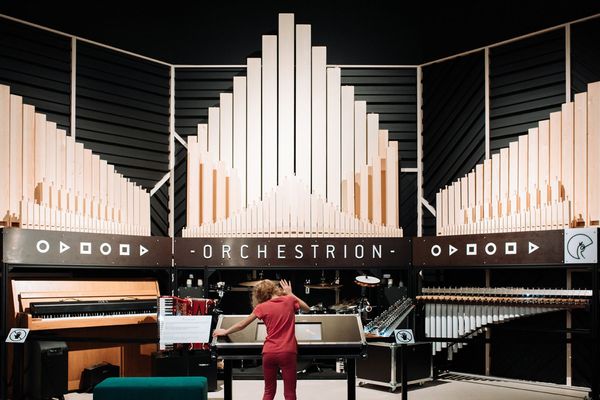
To experience what a musician feels when playing a piece of music: the dimensions of Creative Sound Space
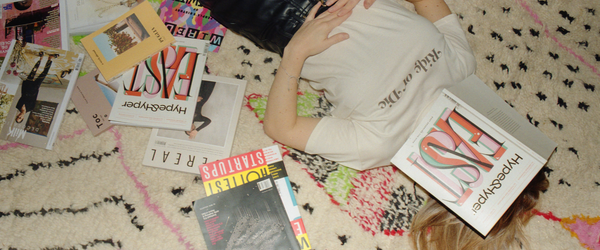
Magazine










